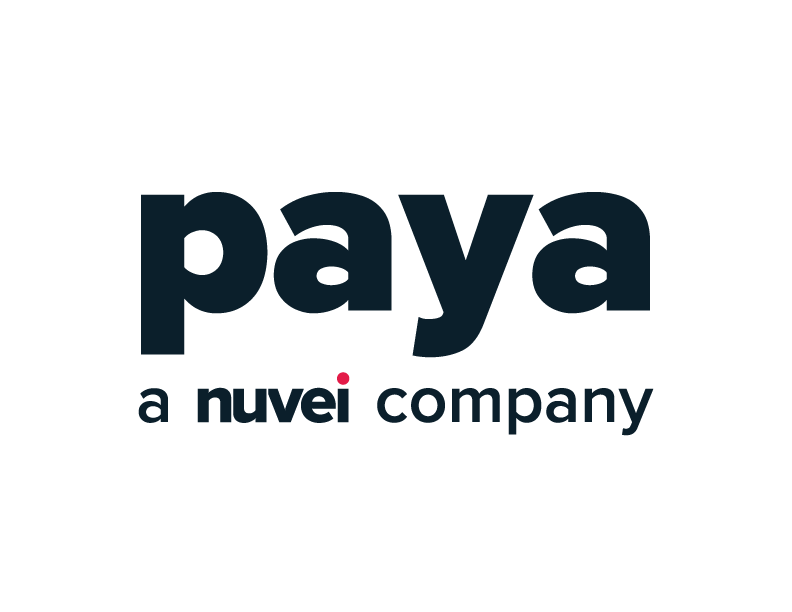
SaaS-based systems are part of our new commerce-normal. And, in the current climate, contactless payments are the way consumers expect to pay. Approximately 51% of American adults are now using at least one form of contactless payment. By supporting cloud EMV, SaaS providers are meeting the demands of the marketplace.
What Is EMV?
EMV stands for Europay, Mastercard, and Visa and is a fraud-prevention technology created by these three companies. EMV is the microchip technology that protects credit cards from being counterfeited. Fraudsters can easily replicate the magnetic stripe on a card a customer uses during a transaction, but an EMV chip, on the other hand, creates a unique code for each transaction. This technology provides an effective way to confirm the card in use is not counterfeit, protecting merchants and cardholders from card-present fraudulent activity.
To incentivize merchants to adopt EMV technology, in 2015, the card brands Visa, Mastercard, and American Express implemented a liability shift in which those that do not adopt EMV technology bear the liability for fraudulent transactions.
Traditionally, to enable EMV processing in a software application, ISVs would have to complete a complex, semi-integrated certification to a specific EMV device to enable EMV payments at the point of sale. A specific device integration is lengthy, requires the developer to understand and certify to unique APIs to support multiple devices, and puts the software in scope for PCI compliance since payment card data traverses through the point of sale. Because of this, many SaaS ISVs have chosen to only support card-not-present payment solutions in their software. However, with cloud EMV, ISVs can complete a one-time integration that provides customers with many EMV device options to fit their business needs.
How Cloud EMV Works
Through a single integration, SaaS ISVs can offer a comprehensive line of EMV-capable, contactless POS devices to meet the needs of both attended and unattended merchant environments. POS devices run in the cloud and are controlled by the processing platform. As such, SaaS ISVs now just complete an integration to the cloud for full access to a complete line of EMV and contactless-enabled devices.
First, the software application sends non-sensitive transaction data directly to the processing platform. Then the device sends calls to the platform for any pending transactions and requests card data when necessary. Once cardholder data is entered at the point of sale, the device calls the platform and requests authorization, and then sends a response to the POS application. This approach allows all card data to bypass the software application, eliminating PCI scope and the need for EMV certification for the ISV, and simplifying compliance for the merchant.
Why ISVs Love Cloud EMV
From July 2020 to June 2021, EMV transactions accounted for 78% of card-present transactions. Additionally, Visa reported that the shift to EMV helped reduce counterfeit fraud by a staggering 87% in 2019.
ISVs are now looking to offer a full omni-channel experience. No matter what industry a software application supports, omni-channel is expected in the marketplace. In fact, The Harvard Business Review reports that around 73% of customers prefer shopping through multiple channels while only 7% of customers shop online exclusively and 20% shop only in-store.
To support the evident demand for commerce-enabling technologies, ISVs love cloud EMV for the following reasons:
- It’s efficient.
Through a single integration, ISVs can offer a comprehensive line of EMV-capable, contactless and wireless POS devices to meet the needs of any card-present merchant environment. Plus, ISVs no longer need to know multiple programming languages to communicate with payment devices, making integration much simpler and quicker. - It’s secure.
Because payments flow around the POS software application, software applications are considered out of scope of PCI compliance, saving ISVs time and money. - It’s customizable.
Most EMV cloud solutions allow ISVs the option to create customized branding for a cohesive user experience on the device’s home screen, receipts, and portal.
Why Merchants Love Cloud EMV
EMV offers many benefits to merchants including reducing card-present credit card fraud, improved customer experience at the point of sale—enabling commerce experiences that today’s consumers demand (dipping and contactless)—and reduced PCI compliance scope.
- It’s secured with EMV and P2PE.
EMV is the microchip technology that protects credit cards from being counterfeited. An EMV chip creates a unique code for each transaction, which provides an effective way to confirm the card in use is not counterfeit, protecting merchants and cardholders when transactions involve the physical use of a card. Credit card companies have reported a significant drop in credit card fraud following introduction of EMV.Additionally, point-to-point encryption (P2PE) protects cardholder data from the moment of entry all the way to the processor.
These technologies work together to protect credit card data.
- It’s agile.
Merchants have access to devices for any payment environment, whether it’s attended, unattended, or requires a mobile solution. - It increases operational efficiencies.
Contactless payments are quicker than traditional card-present payment methods (swipe and dip), which allows merchants to move more customers through with less staff.
It’s Time to Upgrade to Cloud EMV
For over 25 years, software providers have looked to Paya to deliver the best-in-class commerce technologies that address today’s needs and tomorrow’s opportunities. Put our cloud EMV solutions to work for your software to deliver the market competitive tech today’s merchants demand while making payments your leading revenue stream. We’ll show you how.
